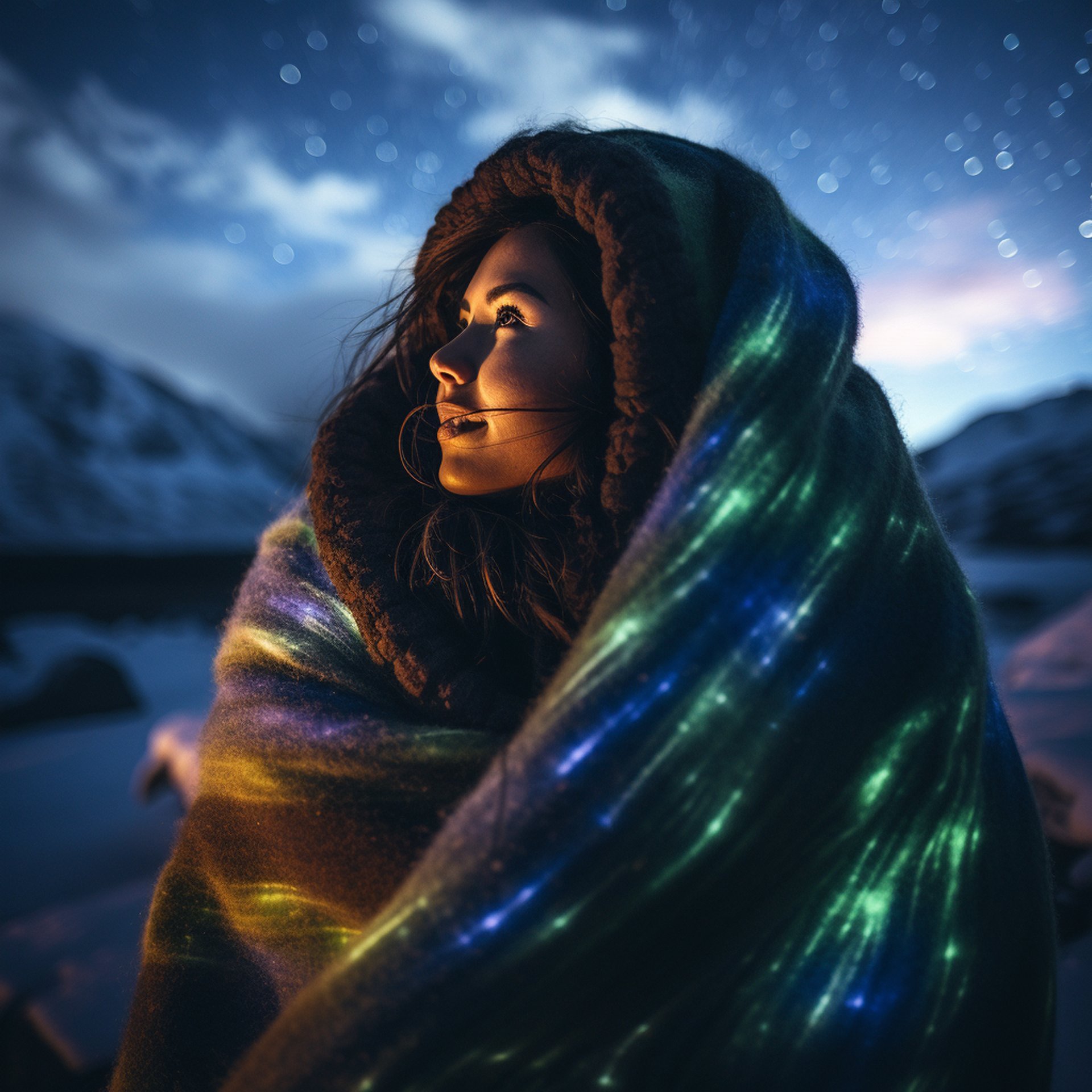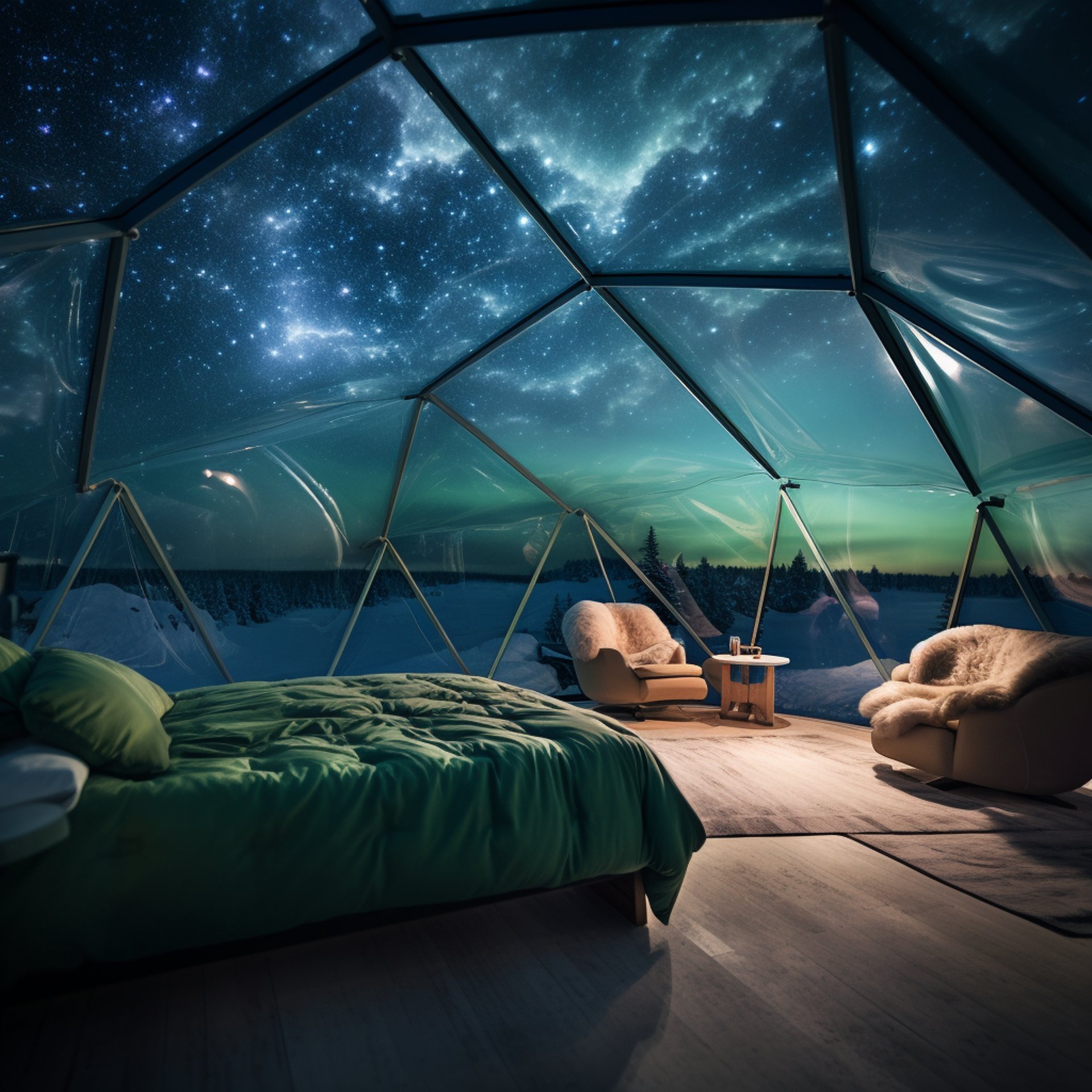Chasing Aurora: The Magic of the Northern Lights in Iceland
Venture to the edge of the Arctic Circle where the night sky dances with color. This blog explores the ethereal beauty of the Northern Lights and the otherworldly landscapes of Iceland.
Have you ever dreamt of witnessing the ethereal beauty of the Northern Lights? If so, then Iceland is the perfect destination for your Aurora chasing adventure. With its vast landscapes and proximity to the Arctic Circle, this Nordic island nation offers an unparalleled opportunity to witness this natural phenomenon up close. In this article, we will delve into the science behind the Northern Lights, explore the best locations to view them in Iceland, offer tips for capturing stunning photographs, and discuss the impact of climate change on this magical spectacle.
Understanding the Phenomenon of the Northern Lights
As you prepare for your Aurora hunting trip in Iceland, it's important to understand the science behind this mesmerizing phenomenon. The Northern Lights, scientifically known as the Aurora Borealis, occur when charged particles from the sun collide with atoms in the Earth's atmosphere. This collision releases energy in the form of colorful lights that dance across the sky.
But what exactly causes this collision between charged particles and atoms? It all starts with the sun. When the sun goes through a period of intense activity, it releases streams of charged particles called solar wind. These particles, consisting mainly of electrons and protons, travel through space at incredible speeds. As they make their way towards Earth, they are guided by the Earth's magnetic field.
When the solar wind particles reach Earth's magnetic field, they are deflected towards the poles, where the magnetic field is strongest. This is why the Northern Lights are predominantly seen in the polar regions. As the charged particles interact with the Earth's atmosphere, they collide with atoms and molecules, transferring their energy to them.
The Science Behind the Aurora Borealis
The colors you see in the sky depend on the type of gas atoms that are being excited by the charged particles. For example, green lights are caused by oxygen molecules, while red lights are created by high-altitude oxygen atoms. The specific altitude at which the collision occurs also affects the color of the lights. Different gases and altitudes result in a stunning array of colors, including shades of purple, pink, yellow, and blue.
It's fascinating to think about how these tiny particles from the sun can create such a breathtaking display in our atmosphere. The energy released during the collision causes the atoms and molecules to emit light at different wavelengths, giving rise to the vibrant hues that captivate our eyes.
The Mythology and Folklore of the Northern Lights in Iceland
Throughout history, the Northern Lights have inspired awe and wonder, giving rise to numerous myths and legends. In Icelandic folklore, it was believed that the lights were caused by the spirits of the dead, who were seen playing games with a ball made from a walrus skull. This belief added a mystical element to the already enchanting phenomenon.
According to another Icelandic legend, the Northern Lights were thought to be the shimmering armor of the Valkyries, the legendary female warriors who chose which warriors would live and die in battle. The lights were seen as a sign of their presence, guiding fallen warriors to the afterlife with their ethereal glow.
These myths and legends not only added a touch of magic to the Northern Lights but also served as a way for ancient cultures to make sense of this natural wonder. The dancing lights in the sky were seen as a connection between the earthly realm and the spiritual realm, a reminder of the mysteries that lie beyond our understanding.

Preparing for Your Aurora Hunting Trip
Now that you have a better understanding of the Northern Lights, it's time to prepare for your adventure in Iceland. Here are some tips to ensure that your Aurora chasing experience is a memorable one.
Best Time to See the Northern Lights in Iceland
Iceland's prime Northern Lights season typically begins in late August and lasts until mid-April. During this period, the nights are longer and darker, providing optimal conditions for viewing the Aurora. However, keep in mind that the lights are a natural phenomenon and can be unpredictable. It's important to be flexible with your travel plans and allow for multiple nights of Aurora hunting.
When planning your trip, it's also worth considering the moon phase. A full moon can create a brighter sky, which may make it more challenging to see the Northern Lights. On the other hand, a new moon or a moonless night can offer a darker backdrop, enhancing the visibility of the Aurora.
Another factor to consider is the weather. Clear skies are ideal for Aurora hunting, as clouds can obstruct your view. Monitoring the weather forecast and choosing nights with clear or partially clear skies will increase your chances of witnessing the Northern Lights in all their glory.
Essential Gear for Aurora Chasing
To make the most of your Aurora hunting trip, it's essential to pack the right gear. Here are some items that you should consider bringing:
1. Warm clothing: Layering is key to staying warm in the chilly Icelandic nights. Make sure to pack thermal base layers, a waterproof and windproof outer layer, warm socks, and gloves. Don't forget a cozy hat to keep your head warm as well.
2. Sturdy tripod: In order to capture sharp and steady Aurora photographs, a sturdy tripod is an absolute must. The long exposure times required for capturing the Northern Lights can result in blurry images if your camera is not stable. Invest in a tripod that can withstand the strong winds that are common in Iceland.
3. Wide-angle lens: To capture the vastness of the Northern Lights and the surrounding landscape, a wide-angle lens is highly recommended. This type of lens allows you to capture more of the night sky and the beautiful foreground, creating stunning compositions.
4. Extra batteries and memory cards: The cold temperatures can drain your camera's battery quickly, so it's important to have spare batteries and memory cards on hand. Keep them in a warm pocket close to your body to maintain their performance. Additionally, consider investing in a portable power bank to recharge your camera batteries while on the go.
Hot beverages and snacks: Aurora hunting can be a waiting game, so it's a good idea to bring some hot beverages and snacks to keep yourself fueled and warm. A thermos filled with hot chocolate or tea can be a comforting treat during those long nights under the starry sky.
Remember to pack all your gear in a sturdy and waterproof backpack to protect it from the unpredictable Icelandic weather. It's also a good idea to have a headlamp or a flashlight with you, as it can get quite dark during your Aurora hunting expeditions.
By being well-prepared and equipped with the right gear, you'll be ready to embark on your Aurora hunting adventure in Iceland. Get ready to witness the mesmerizing dance of the Northern Lights and create memories that will last a lifetime.
Top Locations for Viewing the Northern Lights in Iceland
Iceland offers several breathtaking locations for witnessing the Northern Lights. Here are two must-visit spots:
The Golden Circle Route
The Golden Circle is a popular tourist route that allows you to explore Iceland's wonders while also providing excellent opportunities for viewing the Aurora. The route includes famous attractions such as the Geysir geothermal area, Thingvellir National Park, and the majestic Gullfoss waterfall. These iconic locations offer stunning backdrops for your Northern Lights photography.
The Remote Westfjords
If you're looking for a more off-the-beaten-path experience, the Westfjords region is perfect for Aurora chasing. With its dramatic fjords, rugged cliffs, and pristine wilderness, this remote part of Iceland offers a unique and untouched natural setting to witness the Northern Lights. The lack of light pollution in this area enhances the visibility of the lights, creating an even more magical experience.
Tips for Photographing the Northern Lights
Whether you're an amateur photographer or a seasoned pro, capturing the beauty of the Northern Lights can be a challenging yet rewarding endeavor. Here are some tips to help you take stunning Aurora photographs:
Camera Settings for Capturing the Aurora
When photographing the Northern Lights, it's important to use a tripod to avoid camera shake. Set your camera to Manual (M) mode and adjust the following settings:
1. ISO: Start with a high ISO value, such as 800 or 1600, and increase it if needed to capture enough light.
2. Aperture: Use a wide aperture, preferably f/2.8 or lower, to allow more light into the camera.
3. Shutter speed: Experiment with different shutter speeds, starting around 10-15 seconds, to capture the movement of the lights. Adjust as needed based on the brightness of the Aurora.
Composition Tips for Stunning Aurora Photos
When composing your Aurora photographs, consider including interesting foreground elements to add depth and context to your images. This could be a mountain, a lake, or even a traditional Icelandic turf house. Experiment with different angles and perspectives to create unique and visually appealing compositions. And most importantly, don't forget to take a moment to simply enjoy the beauty of the lights without the lens.
The Impact of Climate Change on the Northern Lights
While the Northern Lights have captivated humans for centuries, they are not immune to the effects of climate change. As global temperatures continue to rise, the frequency and intensity of the Aurora Borealis may be affected.
How Global Warming Affects Aurora Borealis
One of the significant factors influencing the visibility of the Northern Lights is solar activity. As the sun's activity fluctuates with the solar cycle, the number and strength of the Auroras vary. However, climate change can impact Earth's magnetic field and alter the conditions that create the Northern Lights, potentially leading to changes in their occurrence.
The Future of Aurora Chasing in Iceland
While the long-term impact of climate change on the Northern Lights remains uncertain, there is no denying that this natural phenomenon is a fragile treasure worth preserving. As travelers, we have a responsibility to minimize our carbon footprint and protect the environment for future generations to enjoy the magic of the Aurora. So, start planning your Aurora chasing adventure in Iceland and be part of the efforts to preserve and appreciate this extraordinary natural wonder.
Conclusion
The Northern Lights in Iceland are a true testament to the mesmerizing beauty of nature. From the captivating science behind this natural phenomenon to the breathtaking locations where it can be witnessed, there is no shortage of magic in the land of fire and ice. So, pack your bags, prepare your camera, and embark on an unforgettable journey to chase the Aurora Borealis in Iceland. Witness the dance of lights in the sky, capture stunning photographs, and immerse yourself in the enchantment of this extraordinary spectacle. The Northern Lights are calling, so answer their ethereal invitation and embark on an adventure like no other.
